
The Philippines has long played a key role in the global bike industry, serving as a manufacturing hub for major brands like Shimano, which has operated facilities in the country for over a decade. However, bicycle production is only a part of the mountain biking legacy in the Philippines. The country also has a thriving community of mountain bikers, especially in the massive cities like Manila.
Within that growing mountain bike community, downhill riding is also booming. Some of that growth in popularity can be attributed to Timberland Mountain Bike Park (TMBP), a new bike park just outside Manila.

Timberland history
The section of the San Mateo hills where TMBP is located was first owned and developed by Filinvest Land, Inc., a major real estate company in the Philippines. Early plans to develop a golf course never panned out. Development efforts shifted toward residential neighborhoods and expanded road networks — which, indirectly, led to the emergence of more trails.
“Back in the [early] 2000s, we’d go up there to ride,” Agu Paiso told us. “It was an undeveloped area, and it was elite. It had great topography.” Paiso is the head of marketing for Switchbacks, Inc., the company managing the bike park for the resort.
Paiso eventually became business partners with Edmund Mangaser, one of the pioneering trail builders in the San Mateo hills in the area that is now TMBP. From all accounts, they did a pretty decent job at building trails, with the network becoming an established staple of the riding community.
While Paiso and his friends built and rode trails in the early 2000s, Filinvest Land added a country club to the area in 2004–2005 — the Timberland Sports and Nature Club. The idea was to cater to the surrounding residents with amenities like a swimming pool, basketball courts, and sports facilities.
“It’s always been the thrust of [Filinvest Land] to develop in areas like outdoor living and wellness. That’s what’s lacking in the Philippines,” Paiso said.
The area grew in popularity, with local and even national races held at the trail system. In 2014, the 7-Eleven Trail Series, a popular XC race series in the Philippines, began hosting a race at the San Mateo trails, and continues to this day.
As they continued to grow and host races, Paiso and Mangaser, along with some friends established a trail building company called Trail Solutions, working under IMBA’s standards and guidelines. These milestones made the group feel confident to pitch an idea to Filinvest Land in 2017. They wanted the trails to be incorporated into the Timberland Sports and Nature Club.
With many Filinvest executives frequenting places like Whistler to ski and snowboard, the idea of a bike park wasn’t foreign to them. Agreements were made, and the trail system was officially adopted around 2018, with the official launch planned for 2019.
Then, the pandemic shut everything down, including the struggling country club. During COVID, Filinvest Land decided to have its hotel/resort division take over, establishing the Timberland Highland Resort. The resort then incorporated the trails, creating TMBP as one of its many amenities.
TMBP was soft-launched in fall 2023, with a grand opening the following year.




What are the trails like?
The resort covers 677 hectares of land (1,673 acres), with roughly 200 acres dedicated to the mountain bike park. While areas of the urban sprawl from nearby Manila sit less than a hundred feet above sea level, TMBP rises another 1,300 feet, providing some proper elevation.
TMBP offers 18 mountain bike trails totaling just over 10 miles (16.5km). They are primarily short, punchy trails, designed to be used with a hub and loop system. Riders start at a top hub, where a skills course is also located, and choose the trail they want to descend to the bottom hub. The return climb is roughly one kilometer.
The trails are predominantly intermediate, although beginner and advanced trails are represented, with more on the way. Each run is typically under one mile, is one-way (climbing or descending), with an elevation drop of 300–400 feet. While the trails at TMBP were built well originally, some maintenance and adjustments needed to be made when the official bike park was established to ensure safety. Wooden features were re-engineered and rebuilt, drops were given a roll option, and B-lines were created around some features. Overall, the standard was raised, both with initial builds and ongoing maintenance.
TMBP’s signature trail is called “Enter the Dragon,” a solid blue dropping 400 feet in just over a mile. “It’s one of the more scenic ones because it’s a ridge line. And as you ride down on your right side, you can see the city and, on the other side, forest,” Paiso said.
Like many of the trails at TMBP, Enter the Dragon is relatively flowy, with tabletop jumps and drops. Paiso explained that all the drops have rollable backsides, giving the option to go big or small.
The current 10 miles of trail were just TMBP’s first building phase, with Trail Solutions and Switchbacks Inc currently planning for phase two. Paiso expects the next phase of development to begin in the next two years.

Connecting to the community
Initially, not everyone was excited about TMBP.
“There was pushback from the mountain biking community, because the trails there were free to ride,” Paiso said. “The concept of pay-to-play, especially for [the Philippines] — it’s alien.”
Paiso explained that many local riders initially struggled with the idea of paying to ride the trails that, months prior, had no cost. But as more people rode during the park’s soft opening, and word began to surface on social media about how great the trails were, the tension eased.
As more locals experienced TMBP, they saw the incredible amount of resources that went into the trails — from trail reroutes and rebuilds to the creation of new features like drops and jumps. Not only was the trail infrastructure taken to the next level, but it was also clear that the amount of maintenance needed to keep the trails running well was immense. As riders grasped the scope of what it took to maintain the trails, the rationale behind “pay-to-play” became much clearer.
TMBP continues to connect to the mountain bike community. They offer discounted rates to regulars who frequently ride at the park, including an all-access 12-month pass. They are also starting a “dirt school,” where PIMBA-certified coaches will lead instruction at their skills course. From pro-level racers to beginning riders, TMBP hopes to create a vibe that welcomes all and gets more people out on bikes.
Updated at 9:45am MDT on May 20, 2025, to reflect Edmund Mangaser’s involvement.





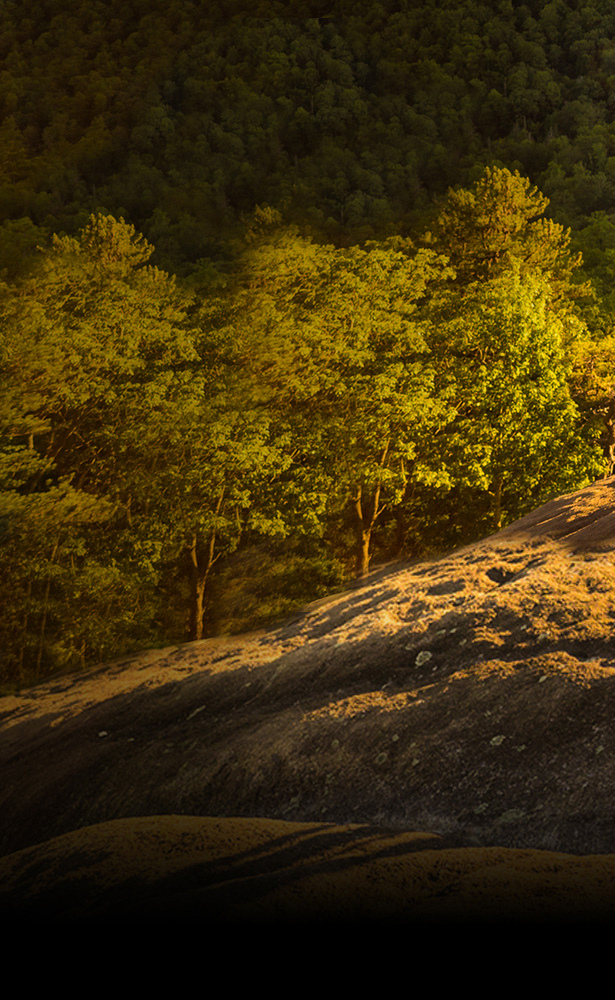
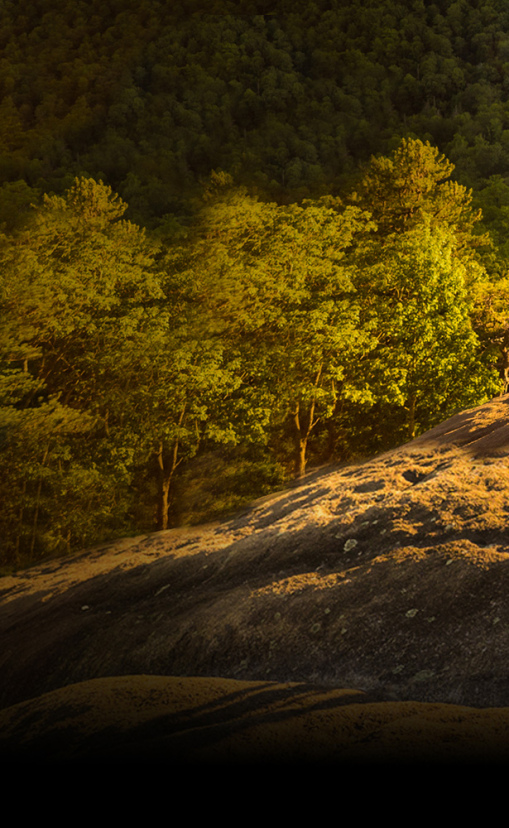
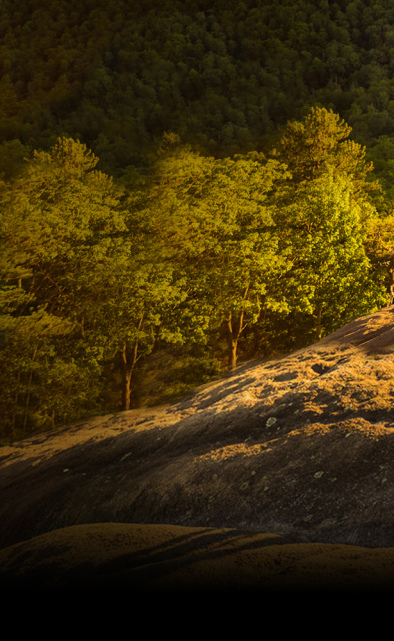

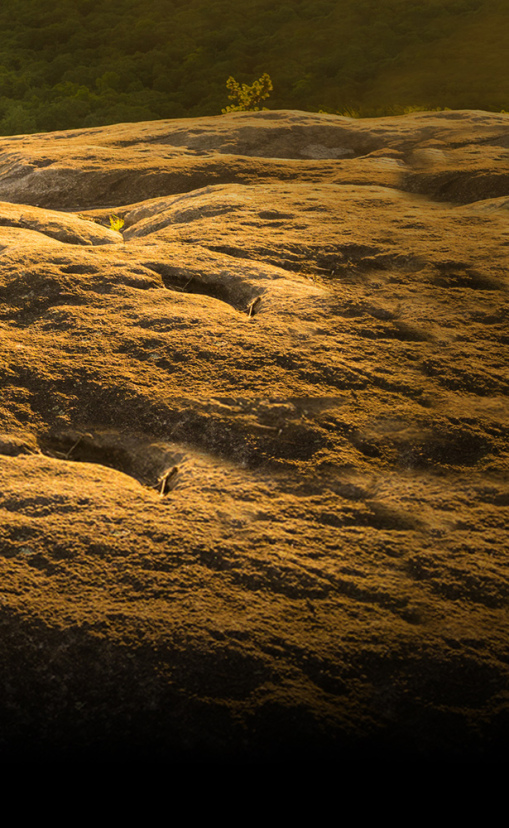
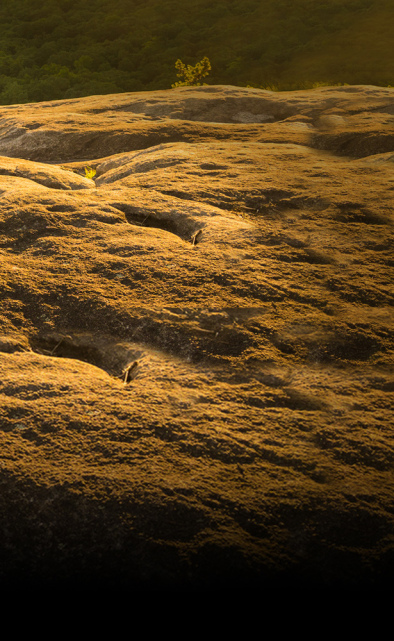
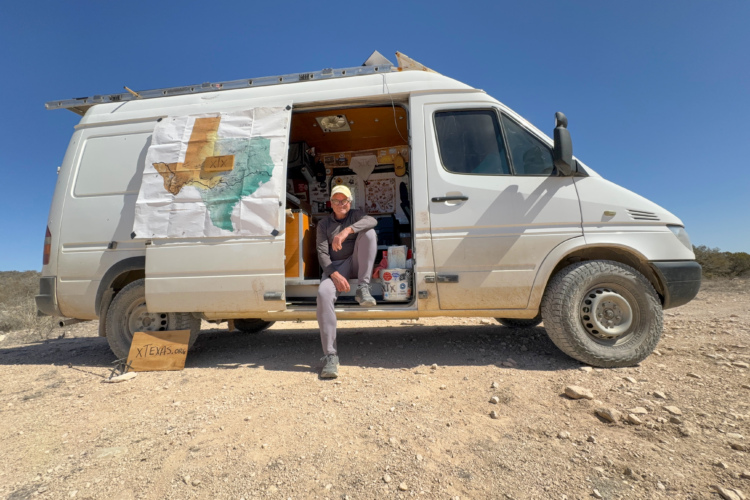
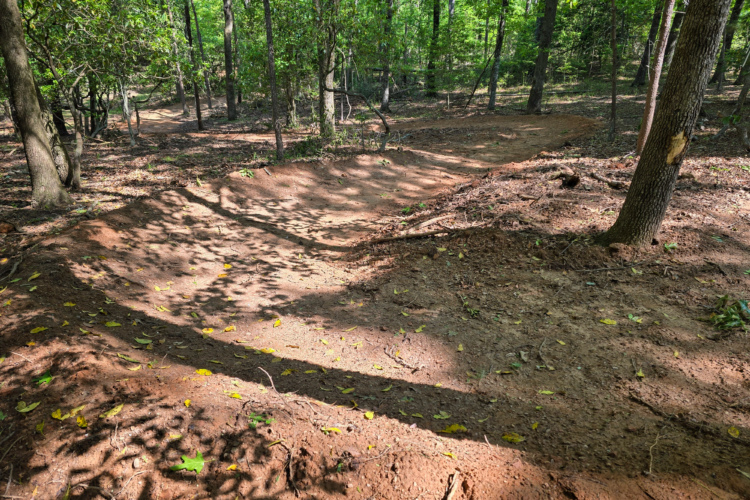


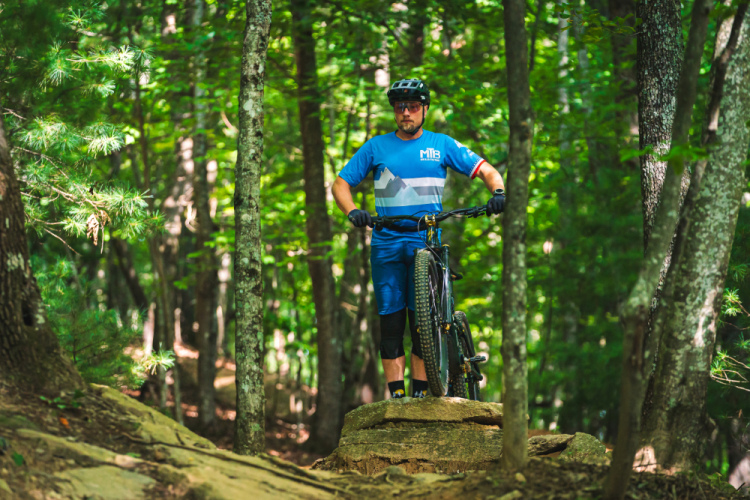
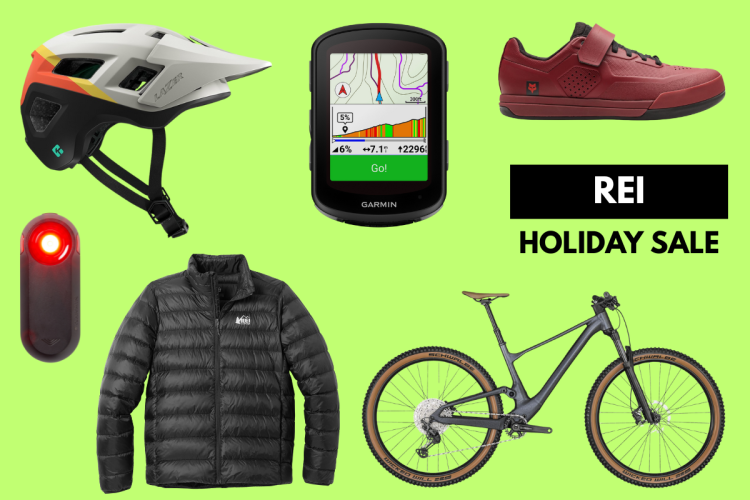
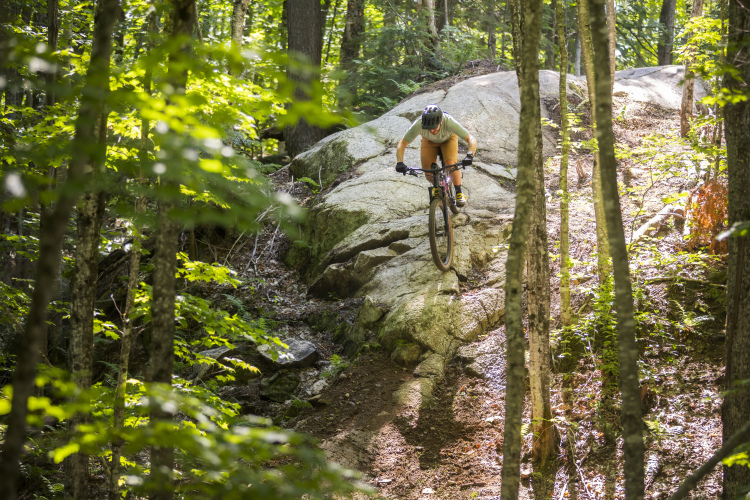
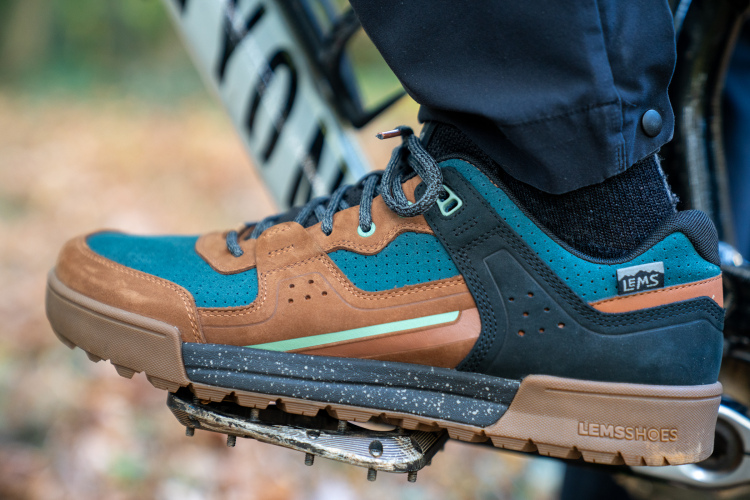

0 Comments